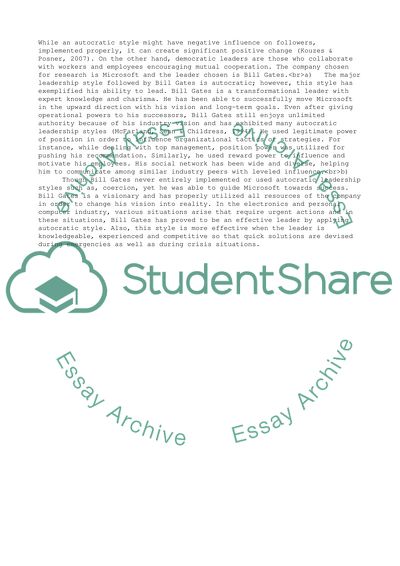Cite this document
(Leadership, Teambuilding, and Communication Assignment - 3, n.d.)
Leadership, Teambuilding, and Communication Assignment - 3. https://studentshare.org/human-resources/1830779-leadership-teambuilding-and-communication
Leadership, Teambuilding, and Communication Assignment - 3. https://studentshare.org/human-resources/1830779-leadership-teambuilding-and-communication
(Leadership, Teambuilding, and Communication Assignment - 3)
Leadership, Teambuilding, and Communication Assignment - 3. https://studentshare.org/human-resources/1830779-leadership-teambuilding-and-communication.
Leadership, Teambuilding, and Communication Assignment - 3. https://studentshare.org/human-resources/1830779-leadership-teambuilding-and-communication.
“Leadership, Teambuilding, and Communication Assignment - 3”. https://studentshare.org/human-resources/1830779-leadership-teambuilding-and-communication.


